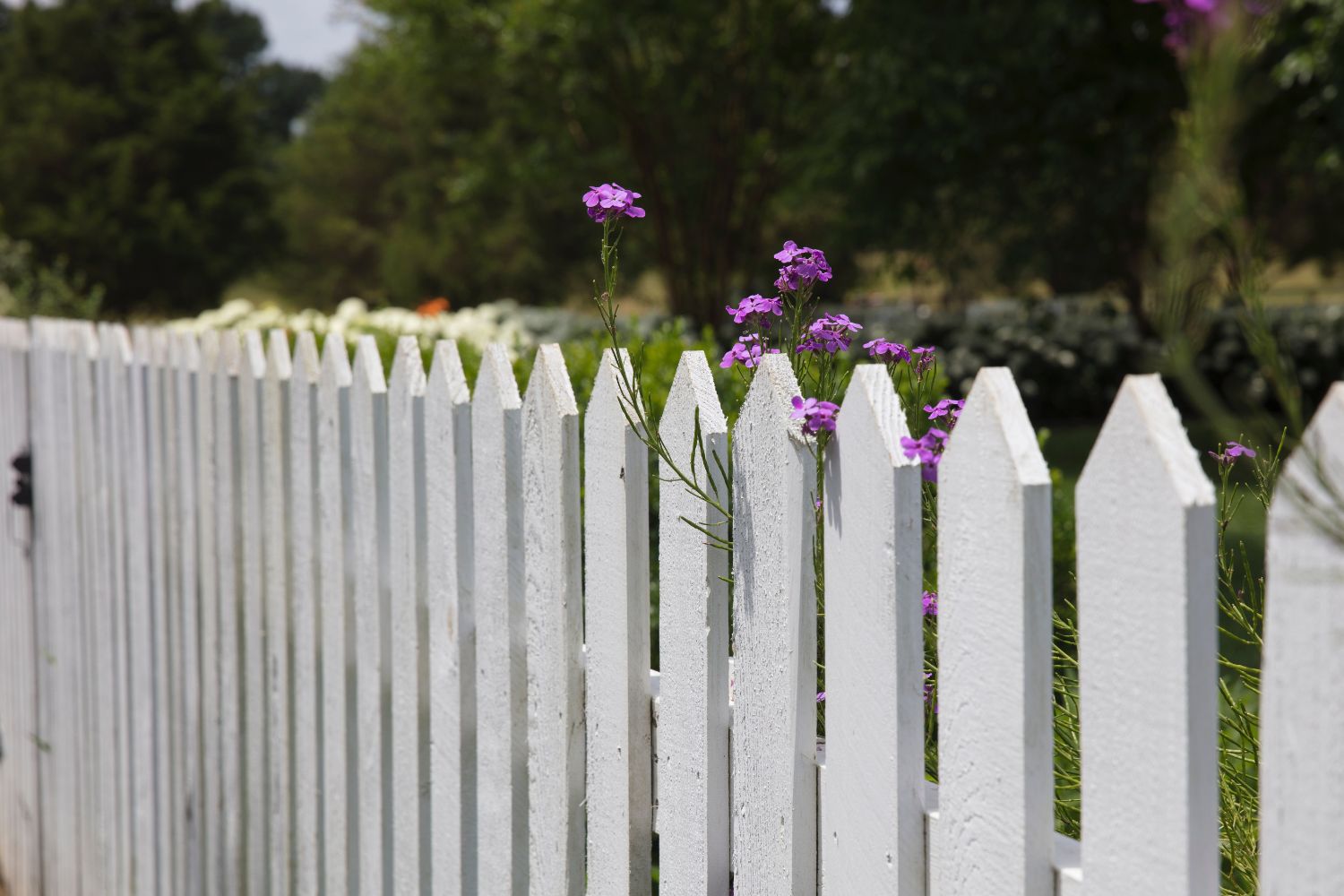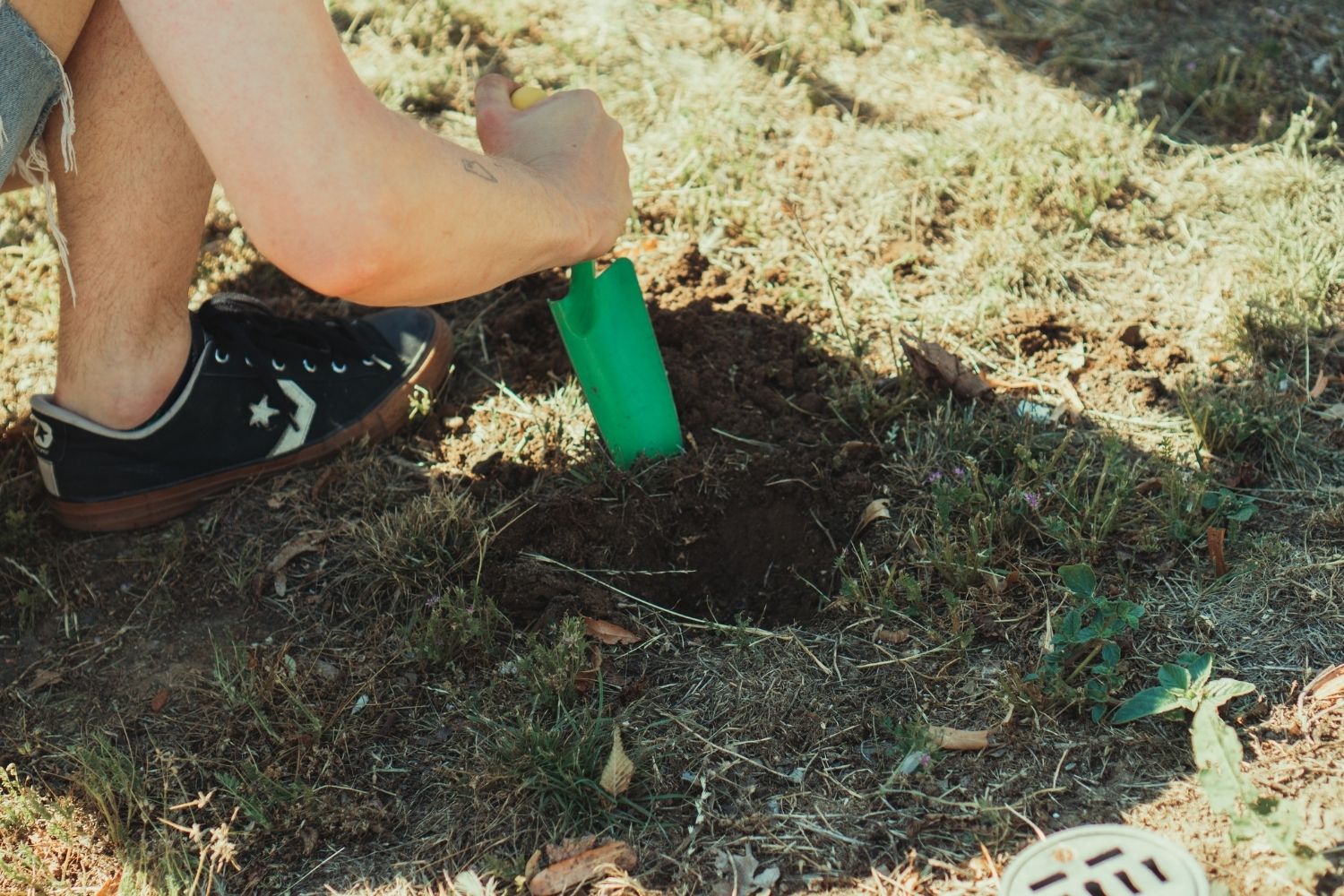It’s almost tomato season and we’re always looking for new ways to improve our crops. Ensuring your plants have plenty of nutrients is a key to having big, juicy fruits but there are other risk that might reduce the success of your tomatoes.
You have to keep in mind that tomatoes aren’t just tasty to humans but also to many wildlife and pests. There is an easy solution! You may plant “companion plants” alongside your tomatoes to prevent these pests from destroying your garden. In this article, we are going to go over some species of herbs and flowers that are beneficial to plant with your tomatoes.
Choosing Your Companion Plants
Some plants benefit from sharing a space by providing each other with protection and increasing crop yield.
The goal of companion cropping is about maximizing crop yield and overall ecosystem health for your plants. Companion plants are beneficial by providing natural pest repelling compounds that protect your tomatoes from unwanted insects or animals, while others release chemicals that protect and encourage root growth or increase crop yield. You should plant companion plants within two to three rows from each other.
Plants that Grow Well With Tomatoes
1. Solacaceae or Nightshades
The tomato is also in the family of Solacacaea, so it is naturally easy to grow along with peppers and potatoes. They tend to grow at the same rate in similar conditions fairly well. Peppers may benefit from being shaded by the taller tomato plants.
They are easy to manage in crop-rotations but may compete for nutrients so don’t overload the area. Peppers potatoes, and tomatoes also fit together in recipes such as salsa or soups.
One flaw however is that they also share the same diseases such as blight, when exposed roots share the area with diseased plants they may also contract the illness. Another is that these plants despite sharing the same growing cycles may fight and deplete each other for the nutrients, so it’s important to enrich your substrate with plenty of fertilizer and compost.
2. Marigolds

This is a beautiful sunset colored flowers are known to be great cohabitations in tomato gardens. They also grow in similar conditions as the tomato plant and thrive with the same nutrients. The Marigolds release a chemical excreted through their roots that kill harmful nematodes root-knot nematodes that may attempt to attack your tomatoes.
They deter beetles that may eat your plants and attract bees to pollinate them. It is preferred to use the French version of Marigold rather than the Mexican variety due to the higher concentrations of the nematode fighting chemical.
3. Basil
This has been a classic herb companion with tomatoes as they taste wonderful on a plate together, they’re attractive and also have similar growing patterns. Vibrant and aromatic, basil is believed to help with crop yield and improves fruit quality. The way that basil can rapidly grow and spread out may provide a great ground cover for your garden. Acting as a repellent for pests. Basil produces a chemical compound that is know to repels aphids, flies, and hornworms. So try planting basil for a sweeter, juicer tomato fruit this season.
4. Bee Balm
This herb lives up to it’s name by attracting pollinators like bees and butterflies for your tomato plants. Another aromatic herb, it shall grow very fine next to your tomatoes and may even improve the health and quality of your fruit. It comes in many colors and makes a very attractive edition to the garden while invigorating your nearby tomato plants. Be careful over-planting this herb, as it may become invasive or make a lush ground cover.
5. Garlic
Along with being tasty, these can make excellent companion plants near tomatoes. Garlic produces compounds that repel root maggots, beetles, snails and spider mites ( which are known to wreak havoc on tomato plants ). Growing tomatoes near garlic can be a wonderful natural insect deterrent but can also be applied to tomato plants via water and garlic spray. NOTE : there are some plants that are abhorrent towards garlic and it may hinder their success or yield ( examples would be strawberries, peas, beans, and cabbages).
- What Flowers Don’t Attract Bees and Wasps?
- What is the Difference Between Heirloom and Organic Seeds?
- What is the Difference Between Heirloom and Regular Seeds?
Plants That Do Not Grow Well With Tomatoes
1. Brassicas
Brassicas such as cabbage or broccoli may not thrive near tomatoes as it could be detrimental to their health. The Brassica family has been known to stunt the growth of tomato plants. They also share a few of the same common fungal diseases, so it is wise not to plant them close together to prevent the rapid spread of infection. Brassicas would also heavily compete with tomatoes for nutrients adding to their incompatibly,
2. Corn

Both Tomatoes and Corn share a common pest; for tomatoes it is called “the tomato fruit worm” and for corn “the corn earworm” but is officially known as the larva Helicoverpa zea.
Placing these plants in the same area doubles the risk for attack of these pests.
Both of these plants being heavy feeders would make it complicated to plant as companions.
3. Walnuts
There is a chemical reaction that takes place when nightshades are exposed under Walnut or Butternut trees called “juglone” that inhibits the nightshade’s growth. Tomatoes are a nightshade, so do not place your garden under walnut trees. Tomatoes are also susceptible to the disease “walnut wilt”.
4. Dill and Fennel
Both dill and fennel are know to secrete chemicals that can inhibit the growth of tomato plants. It is very common to mistakenly add them to your garden herb collection but beware that these plants will slow or decrease your tomato production.
Conclusion
The benefits of companion planting can assure your plants are healthy, protected from pests, and improve overall growth quality. Plants that work synergistically with tomatoes often offer natural insecticides and invigorate bigger, more flavorful fruit.
Not only does that taste of your tomatoes improve but your yield may greatly increase as well!
However, it is important to know how other plants react with each other in order to prevent commonly shared diseases and hindered plant growth.















